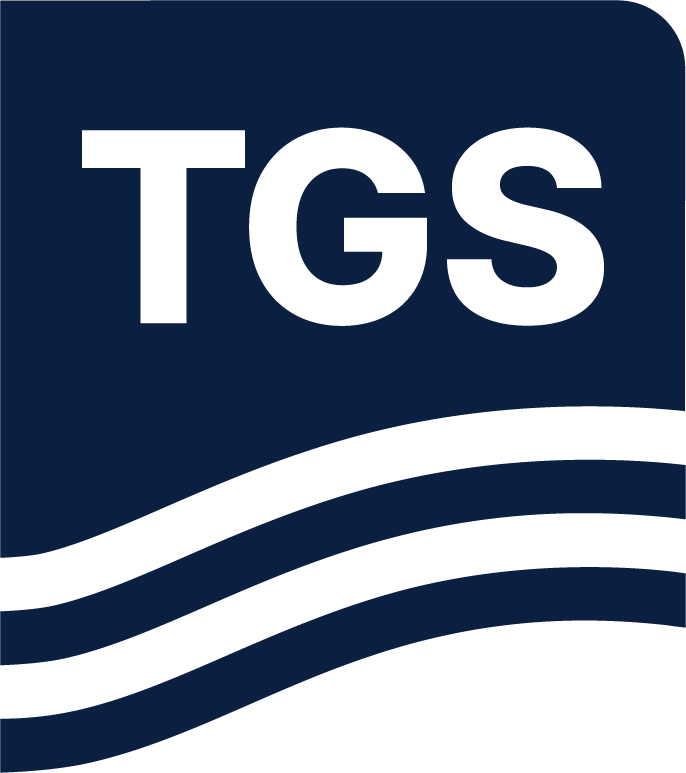Paper Summary
Acquisition of ocean bottom node (OBN) data in the vicinity of field infrastructure and concurrent rig activity, drilling, and adjacent seismic operations is challenging and requires careful planning and coordination in dialog with multiple operations teams to be successful. The Heimdal Terrace OBN was acquired in the Balder-Ringhorne area of the North Sea in the period from March to June 2023. The survey was carefully designed not to interfere with other planned operations including 1) drilling and moving of the drilling rig between two sites within the survey area, 2) diving activities and 3) scheduled source acquisition over the Grane PRM survey immediately to the east. Data was recorded using three different types of receivers: 1) nodes deployed by nodes on a rope (NOAR), 2) nodes deployed by a remotely operated vehicle (ROV) in proximity to anchors and other seabed or suspended obstructions to facilitate undershooting, and 3) data from four receiver lines belonging to the Grane PRM system in the east where node deployment was not feasible. Despite significant simultaneous sources recorded into three different types of receivers, the first processing results indicate that advanced deblending and denoise can be used to mitigate the acquisition challenges.

